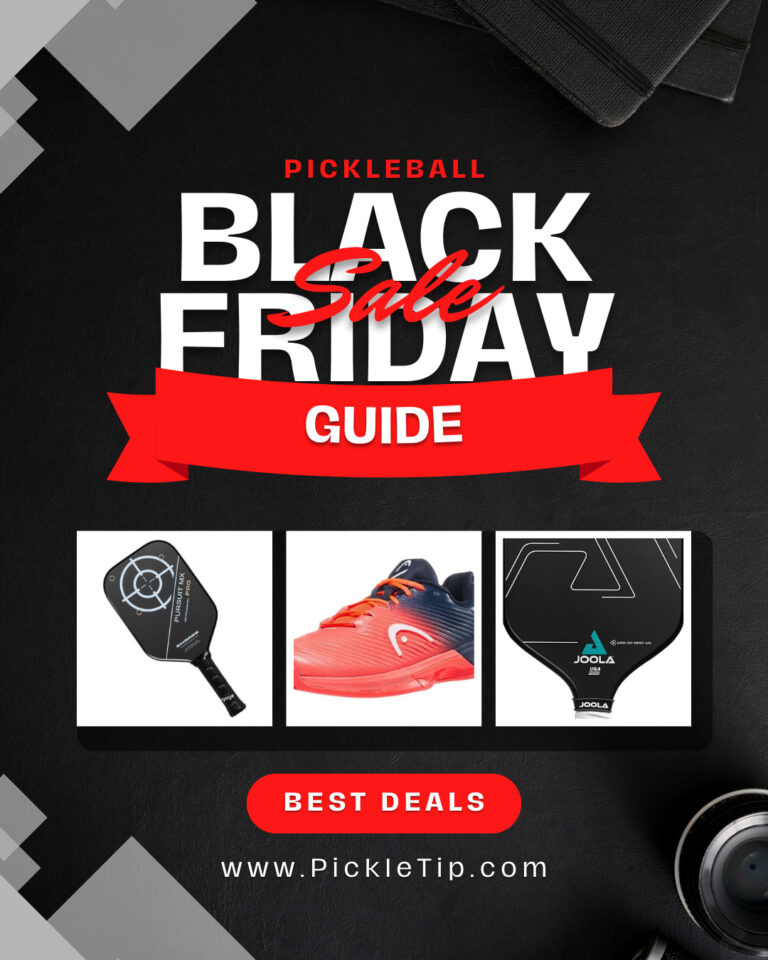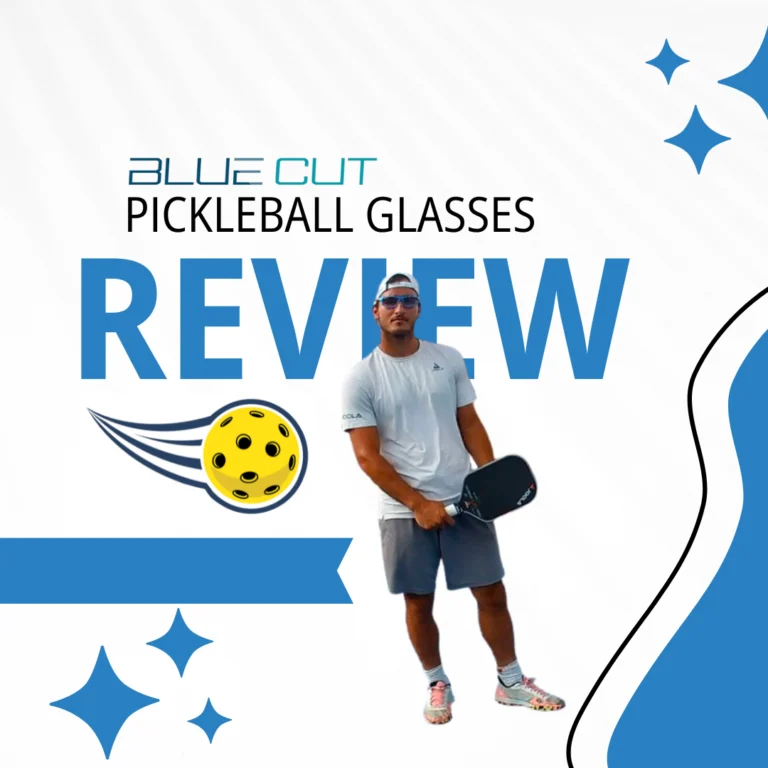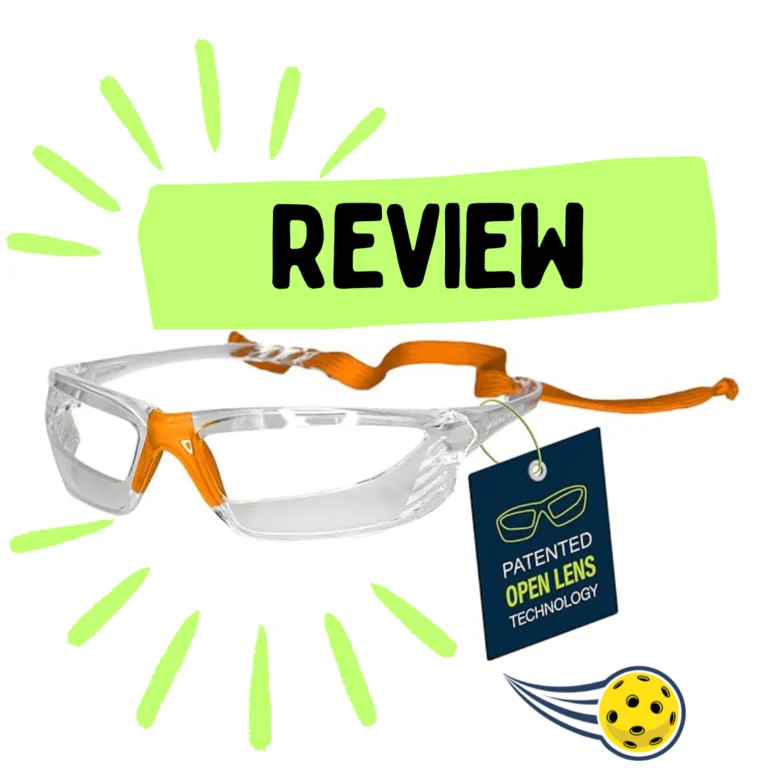Replace Pickleball Paddle: Signs and Factors to Consider
When to Replace Your Pickleball Paddle
As pickleball players, our paddle’s performance is crucial for excelling in the game. Over time, paddles wear out, necessitating replacement to maintain a high level of play. In this article, we’ll explore indicators that help determine when to replace your pickleball paddle. We’ll discuss signs of degradation, factors influencing paddle lifespan, and insights from the pickleball community. By understanding these factors, you can make an informed decision about investing in a new paddle.
Decreased Performance:
A clear sign that it’s time to replace your pickleball paddle is a decrease in performance. If your shots lack power, don’t travel as far, or if you experience a loss of control and feel, it indicates that your paddle is no longer at its best.
Physical Damage:
Inspecting your paddle for physical damage is essential in assessing its lifespan. Look for cracks, dents, or breaks on the paddle’s surface, as these irregularities significantly impact performance. Pay attention to the handle as well, as a flexing or weakened handle suggests the paddle is nearing the end of its lifespan.
Sound Changes:
The sound produced by your paddle during play provides insights into its condition. Test the sound by hitting the ball at different points or tapping your knuckle against it. Inconsistent or different sounds between the center and edges may indicate suboptimal paddle condition.
Wear and Tear:
Over time, the surface texture of a paddle can erode, affecting your ability to generate spin on the ball. If spin is essential in your game, significant reduction in surface texture is a reason to consider getting a new paddle.
Personal Preference or Game Improvement:
Even if your paddle is still in good condition, replacing it might be necessary if you feel your game has outgrown it or if you want to try something new. Paddle technology evolves constantly, and upgrading to a newer model with improved features or materials can enhance your performance.
Factors Affecting Paddle Lifespan:
Construction and Quality:
The type and quality of construction influence the lifespan of a pickleball paddle. Paddles with polypropylene honeycomb cores generally last several months to a year, while carbon fiber paddles, like Gearbox, are known for their durability.
Playing Style and Frequency:
Your playing style and frequency affect the paddle’s lifespan. Aggressive players engaging in power shots may wear out their paddles more quickly compared to those with a softer playing style.
Maintenance and Environmental Conditions:
Proper maintenance, such as storing the paddle in a suitable environment and avoiding extreme temperatures, can extend its lifespan. Leaving the paddle in a hot car trunk, for example, can adversely affect its durability.
Insights from the Pickleball Community:
The pickleball community shares diverse experiences and opinions regarding paddle lifespan. Some players use the same paddle for years without issues, while others replace their paddles every few months. Brand, budget, playing style, and specific paddle features all play a role in individual decisions.
Determining when to replace your pickleball paddle requires careful observation and consideration of multiple factors. If you notice decreased performance, physical damage, sound changes, or significant wear and tear, it’s likely time to consider a replacement. Additionally, personal preference and the desire to improve your game can also be valid reasons to invest in a new paddle.
Remember to prioritize your gameplay and enjoyment by ensuring your equipment is in optimal condition. Replace your pickleball paddle when necessary, and explore the available options to find a paddle that suits your playing style and preferences.
Questions and Answers
Q: How can I tell if it’s time to replace my pickleball paddle?
A: Look out for signs of decreased performance, such as a lack of power, reduced distance on shots, or a loss of control and feel. Physical damage, such as cracks or dents, and changes in sound during play are also indicators that it may be time for a replacement.
Q: What should I inspect on my paddle to assess its lifespan?
A: Pay close attention to the paddle’s surface for cracks, dents, or breaks. Check the handle for any flexing or weakening, as these can suggest that the paddle is nearing the end of its lifespan.
Q: Can the sound of my paddle provide insights into its condition?
A: Yes, testing the sound produced by your paddle during play can provide valuable information. Try hitting the ball at different points of contact or tapping your knuckle against the paddle. Inconsistent or different sounds between the center and edges may indicate suboptimal paddle condition.
Q: How does wear and tear affect my paddle’s performance?
A: Over time, the surface texture of your paddle can wear down, affecting your ability to generate spin on the ball. If spin is an important aspect of your game, a significant reduction in surface texture may indicate the need for a new paddle.
Q: Should I replace my paddle even if it’s still in good condition?
A: It depends on your personal preference and game improvement goals. If you feel like your game has outgrown your current paddle or if you want to try something new with improved features or materials, upgrading to a newer model can enhance your performance.
Q: What factors affect the lifespan of a pickleball paddle?
A: Construction and quality play a role, with paddles featuring polypropylene honeycomb cores lasting several months to a year, while carbon fiber paddles, like Gearbox, are known for their durability. Your playing style, frequency, and proper maintenance, including suitable storage and avoiding extreme temperatures, also impact the paddle’s lifespan.
Identify when to replace your pickleball paddle
Remember, regular observation, considering multiple factors, and addressing signs of decreased performance or damage will help you determine when to replace your pickleball paddle. Prioritize your gameplay and enjoyment by ensuring your equipment is in optimal condition for an enhanced playing experience.







